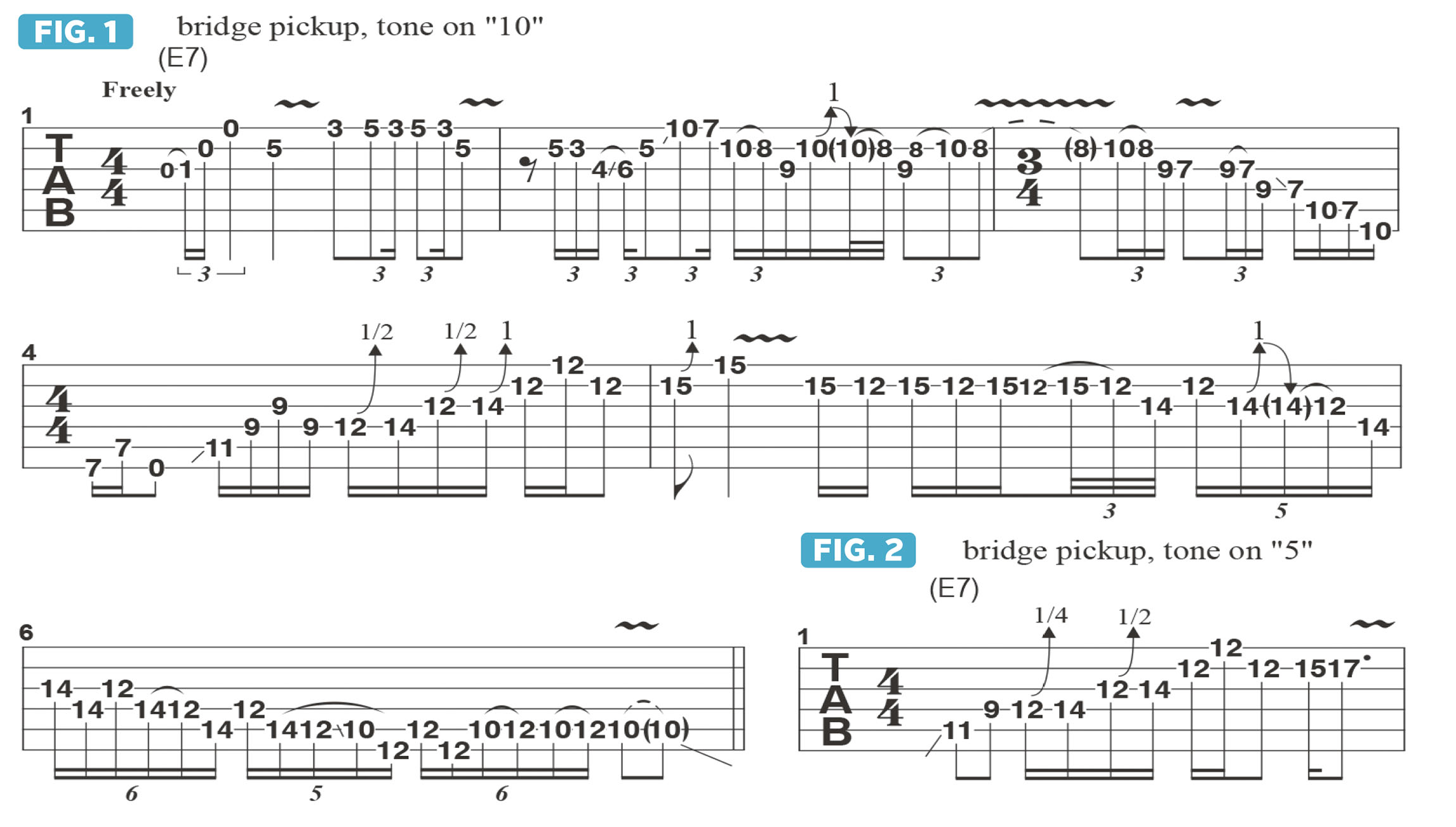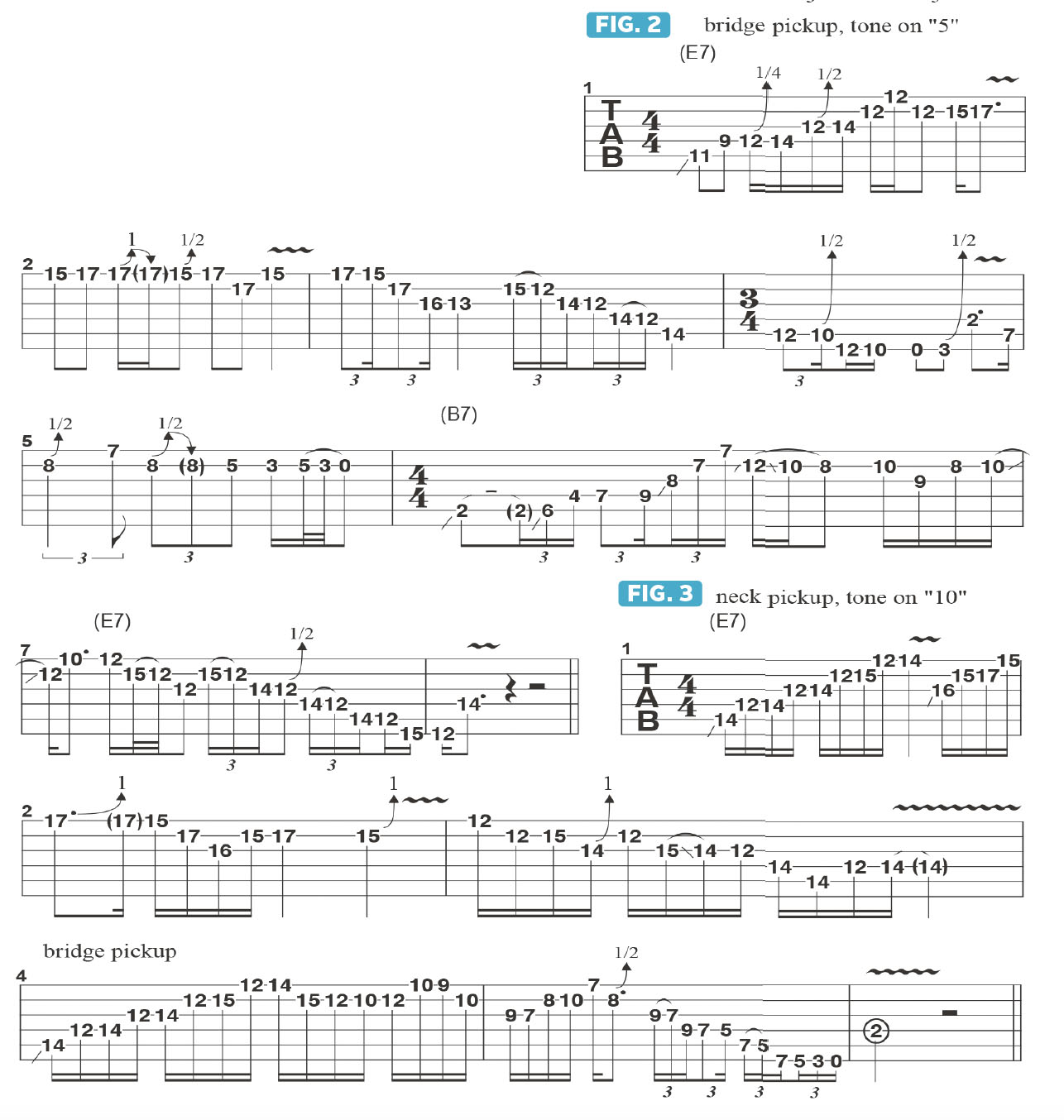For me, the Gibson SG was a guitar that took me about 30 years to figure out. For the longest time, I wasn’t able to get on with SGs. I found that the balance of the instrument always felt a little off – they were often headstock-heavy – and it often sounded a little too bright for my taste.
About five years ago, I happened to come across a really good one and had an epiphany. I decided, “I’m going to commit to getting it together on the SG, and the best way to do that is to start performing with it.” Since then, I’ve been using them all the time onstage and in the studio. This revolutionized my way of looking at a humbucker-equipped guitar. What I found was that there are a few tricks to getting an SG to sound the way I wanted it to.
Today’s tool of the trade is a Les Paul/SG that I refer to as my “Mick Taylor” guitar because Mick was known for playing a 1962/63 Les Paul/SG during his late ’60s/early ’70s tenure in the Rolling Stones.
It’s a PAF-equipped guitar, meaning it’s fitted with “patent applied for” Gibson pickups. In 1960, the single-cutaway Les Paul was replaced with the thinner double-cutaway version but for a time was still referred to as a “Les Paul Standard” by Gibson. In 1963, Gibson temporarily suspended their relationship with Mr. Les Paul, at which time the instrument became known simply as the SG, which stands for solid guitar.
Another twist with today’s instrument is that it’s fitted with a “horseshoe” Bigsby vibrato unit, like Taylor’s guitar. Some people don’t get on with what I like to call the “5-speed transmission,” but I happen to like them. My Tommy Bolin guitar has a horseshoe Bigsby, too.

My trick with the SG is in regard to its bridge pickup tone knob: I set it on “5” and pretend that that’s “10.” My reasoning for this is that I find that this setting balances better with the neck pickup with its tone on “10.” This way, I can switch back and forth between pickups, and the guitar provides the exact sound I’m looking for.
In Figure 1, I’m using the bridge pickup with the tone on “10.” These licks, as well as those in Figure 2 and 3, are based primarily on the E minor pentatonic scale (E, G, A, B, D). The sound is great, but it’s a bit strident.

In Figure 2, I’ve got the tone rolled back to “5,” which retains the necessary “cut” but sounds more full-bodied. In Figure 3, I switch to the neck pickup with the tone on “10,” and, to my ears, I still have the aggression of the treble but more of the typical warmth the neck pickup provides.
I find the SG to be a versatile guitar and completely different from a Les Paul. The double cutaway, where the neck meets the body and the positioning of the pickups make the SG its own animal.







